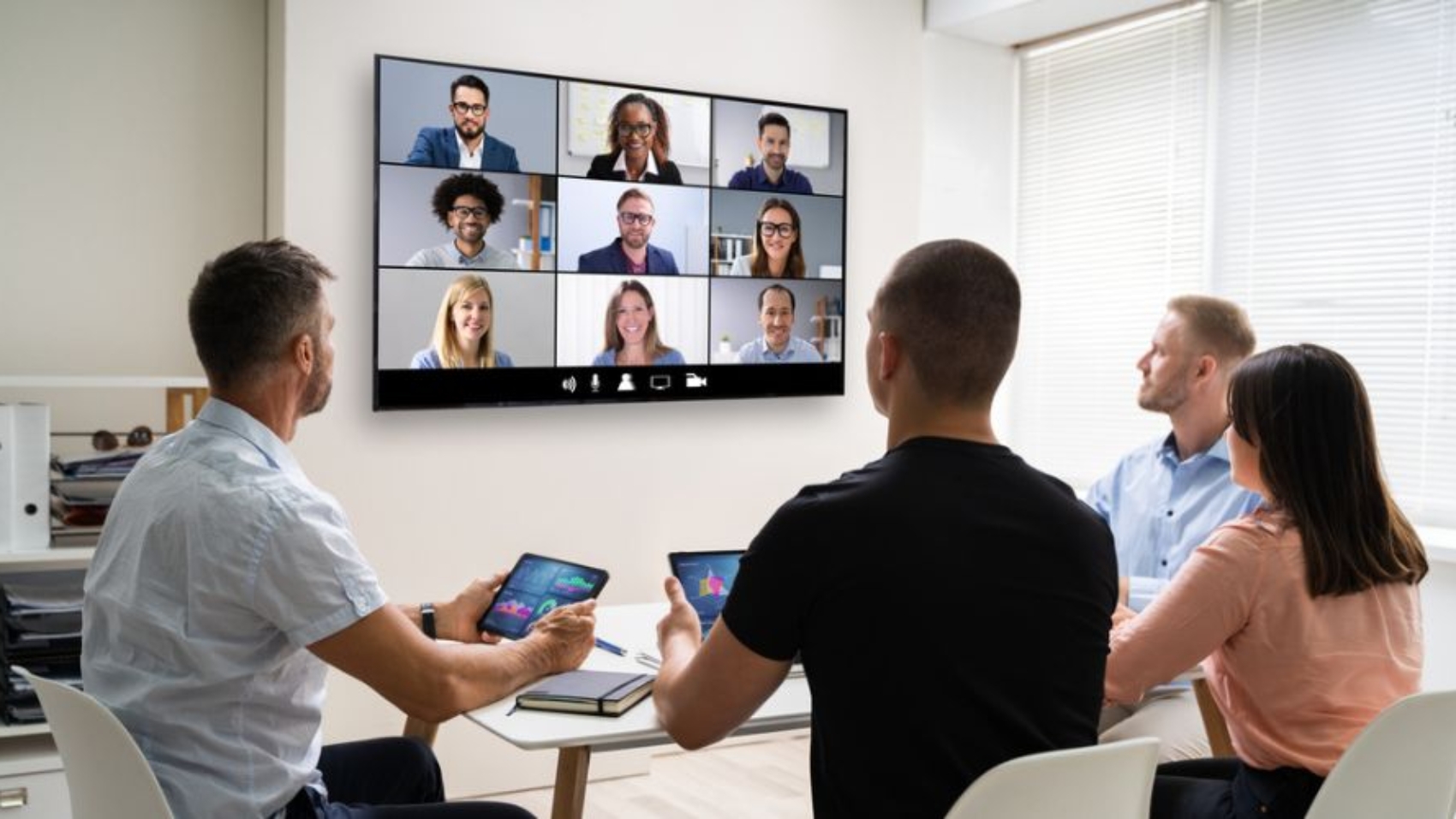Introduction
Interactive flat panel display (IFPD) are not just a trend, they are a necessity for businesses that want to stay ahead of the curve in 2024. IFPDs are advanced digital displays that combine the functionality of interactive touchscreens with high-resolution visual output, making them versatile tools that can enhance communication, collaboration, and productivity. Whether you are in the education, healthcare, retail, hospitality, or any other industry, IFPDs can offer you a range of benefits that will make your business more efficient, effective, and engaging.
We will explore some of the reasons why your business needs an interactive flat panel display in 2024, and how you can leverage its features to achieve your goals.
Benefits of IFPDs for Business
IFPDs offer several benefits for businesses across various industries. Some of these benefits are:
- Improved collaboration: IFPDs allow you to create a collaborative and interactive environment that enhances communication, teamwork, and creativity. You can use IFPDs to share content, annotate, brainstorm, and co-create with your colleagues, clients, and partners, either in person or remotely. IFPDs also support multiple users and devices, allowing you to switch between different input methods and sources seamlessly.
- Increased productivity: IFPDs can help you save time and resources by streamlining your workflow and reducing the need for multiple devices and accessories. You can use IFPDs to access, display, and edit any type of content, from documents and spreadsheets to images and videos, without the hassle of cables, adapters, or compatibility issues. IFPDs also offer built-in audio and video capabilities, making them an all-in-one solution for video conferencing, presentations, and other tasks.
- Enhanced engagement: IFPDs can help you capture and retain the attention of your audience, whether they are your employees, customers, or stakeholders. IFPDs offer a high-quality visual output that delivers crisp and clear images, vibrant colours, and wide viewing angles. IFPDs also offer a touch-based interface that allows you to interact with the content and the audience in a natural and intuitive way. IFPDs can also be used to create immersive and interactive experiences, such as virtual tours, simulations, and games, that can boost the engagement and satisfaction of your audience.
Choose the Right IFPD for Your Business
If you are convinced that your business needs an interactive flat panel display in 2024, you might be wondering how to choose the right one for your needs. There are many factors to consider when selecting an IFPD, such as the size, resolution, features, price, and warranty. However, the most important factor is the quality of the IFPD, which depends on the brand, the technology, and the service.
Features of IFPDs for Business
IFPDs are not just ordinary displays, they are equipped with various features that can enhance the functionality and usability of the device.
Some of the features of IFPDs are:
- Wireless connectivity: IFPDs can connect to the internet and other devices wirelessly, eliminating the need for cables and wires. This allows you to access and share content from any source, such as cloud storage, mobile devices, laptops, or USB drives. Wireless connectivity also enables you to control the IFPD remotely using your smartphone or tablet.
- Multi-touch support: IFPDs can support up to 20 touch points simultaneously, allowing multiple users to interact with the display at the same time. This enables collaborative and interactive activities, such as group discussions, brainstorming sessions, and games. Multi-touch support also allows you to use gestures, such as zoom, swipe, and rotate, to manipulate the content on the screen.
- Anti-glare and anti-fingerprint coating: IFPDs have a special coating on the surface that reduces the glare and reflection from the ambient light, making the display more visible and comfortable for the eyes. The coating also prevents fingerprints and smudges from accumulating on the screen, keeping the display clean and clear.
- Built-in speakers and microphone: IFPDs have integrated speakers and microphone that provide high-quality audio output and input, respectively. This allows you to enjoy clear and loud sound for video conferencing, presentations, and entertainment. The built-in microphone also enables you to use voice commands and recognition to control the IFPD.
- Smart pen and eraser: IFPDs come with a smart pen and eraser that allow you to write, draw, and erase on the screen with ease and accuracy. The smart pen and eraser are designed to mimic the natural feel of a real pen and eraser and can also detect the pressure and angle of the user’s hand. The smart pen and eraser also have buttons that can perform various functions, such as changing the colour, size, and shape of the pen tip, undoing, and redoing the actions, and switching between the pen and eraser modes.
Conclusion
Interactive flat panel display are the future of collaboration, and your business needs one in 2024. IFPDs can offer you a range of benefits that can improve your communication, collaboration, productivity, and engagement. IFPDs can also help you create a competitive edge in your industry, by enabling you to deliver innovative and interactive solutions to your customers and stakeholders.











